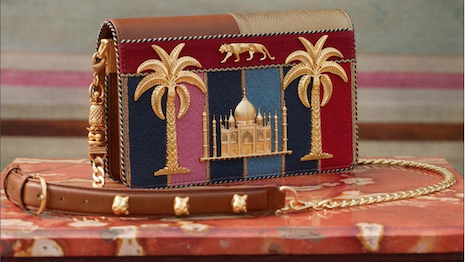Eighteen months into covid – the world of luxury has changed. Values, beliefs, wants and desires are all impacted by the repeated isolations, loneliness, fears and above all survival. The pain of seeing loved ones gone, not being able to hug, cuddle or simply meet a loved one during his last moments have left a impactful scar on our mental wellbeing and belief systems. Like all other businesses, luxury too has seen some rapid transformation during the high paced and quick manifestations of the deadly corona virus.
Wealth creation or wealth accumulation? With lesser opportunities to spend their monies, savings have doubled leading to growing wealth accumulation with a larger population. For the first time in the history of the world, the size of global USD millionaires exceeds 1% of the total population. With an absolute number of 56.1+m millionaires in a total population of 7.9b, the accumulation of wealth has never been brighter. Mainly concentrated in the United States & Europe, Asia pacific & China are fast catching up. India too enjoys a 1.2% share of this cohort with an absolute number of 698,000 households. China and India are likely to continue on the growth of these numbers to see an estimated increase of 93% and 82% rise in the number of millionaires during the period 2020-2025.
Outlook towards Luxury spending: The general outlook towards spending on luxury products and experiences remains positive. With pent up demand, emotions and reduced spending, most people flocked to shopping malls with que’s outside luxury stores despite stringent servicing norms linked to covid restrictions. More and more millionaires are likely to increase their spending on luxury offerings as the covid fear eases and vaccine drives increase pace. The market sentiment and mood is generally buoyant and bullish towards a highly resilient festive season ahead.
Luxury has a new meaning: The current millionaires are mainly concentrated in the 18-44 age bracket, a mixed cohort of millennials and a rising population of the gen Z. Luxury takes a new meaning for this cohort. From simply being more of a brand led status symbol, luxury today is more health besides just wealth. Luxury is freedom, luxury is being able to do what one wants to do, to step out, to be able to travel, be with friends, and being creative without being judged. Being exclusive, being something out of the ordinary, being more environmental friendly, being socially conscious, being inclusive, top quality of service and product and being empathetic are values being sought for.
Social responsibility, belief systems and value propositions of the brands make a huge impact. Causes like care for the planet, treatment of employees, elderly support, clean water, sanitation, animal aid, arts and culture, inclusivity & diversity etc. play a huge role in brand selection. The younger cohort is highly creativity driven. Creativity towards a cause besides just a product resonate with the younger gen Z audience. Idols like a Greta Thunberg, Virgil Abloh and brands like a Gucci and Nike seem to be in favour.
Gifting has also been a major contributor to luxury purchases. Showing ones care by gifting an expensive item has been on the rise, Brands that have generally done well are Gucci, Channel, Rolex, Prada, Cartier, LV & Lancôme in general.
Vintage luxury has seen an increased acceptance during and post covid. Second hand or pre-owned luxury is not taboo. Phenomenon like BNPL (Buy now pay later) have seen an uptick.
Besides, Iconic products that double as investment pieces and assets have seen a growing demand. Prices of Hermes, Channel and LV bags have seen a constant uptick. Categories like luxury homes, automobiles, watches, jewellery, art, private aviation and yachts have seen a rise in demand.
While there has been a growing acceptance of the on line medium of purchase, the experience of an in store luxury purchase is not completely lost. It is believed that 70-80% of the purchase journey is being made online, while the final moment of truth is still preferred in the store. This puts tremendous pressure on the physical store and teams to match the visually appealing digital experience.
While domestic travel, micro holidays and weekend getaway or even staycations have become a norm, the desire and yearn for International travel remains high. The choice country of leisure destination varies per nationality, a growing tourist traffic impacting luxury hospitality and luxury goods sales can be anticipated.
To summarise, luxury proves once again that it is recession proof.
Highly dynamic and yet fulfilling for every generation, it may vary in different forms, manifestations and attitudes, but continues to provide pleasure, a sense of differentiation, achievement and uniqueness besides just exclusivity.
- Compiled from various reports, webinars and articles from the World Wide Web. Special mention to webinar hosted by @Mickey Alam of the Luxury Portfolio and inputs delivered by Amrita Banta of Agility Research.
- This post was published by @Luxury Daily on 04.10.2021.

